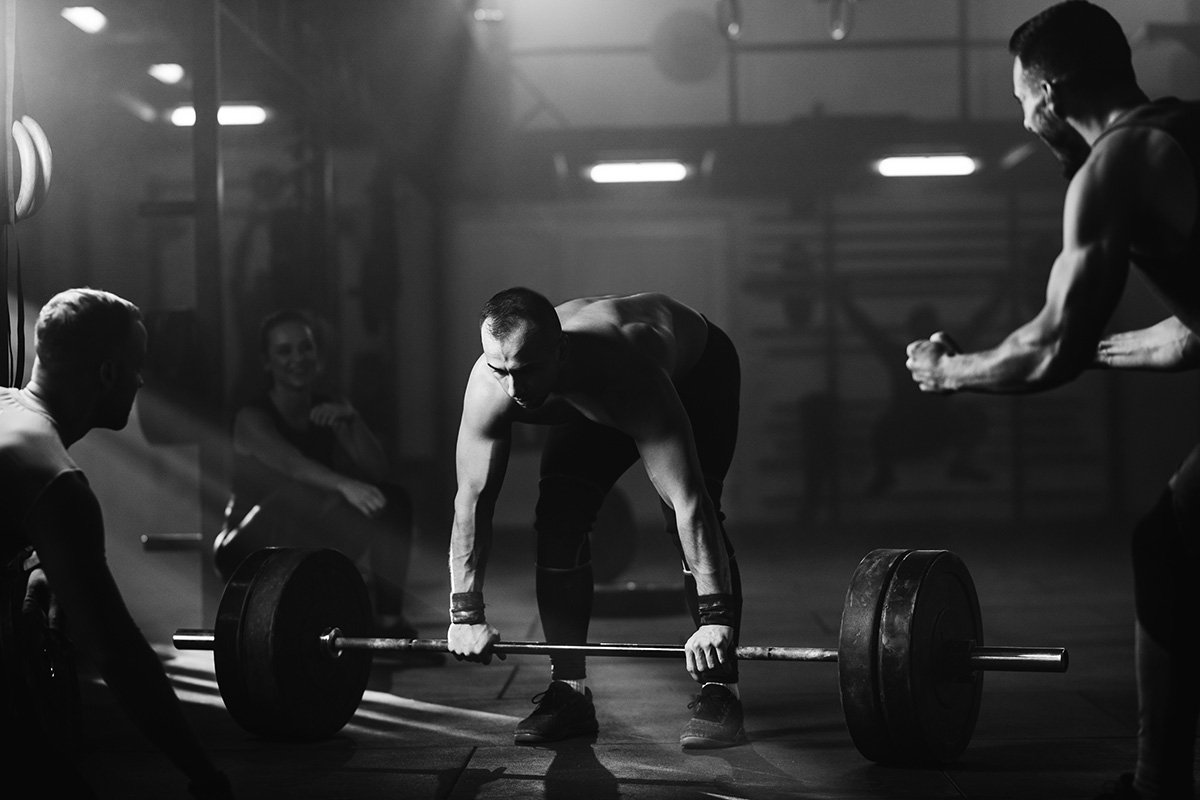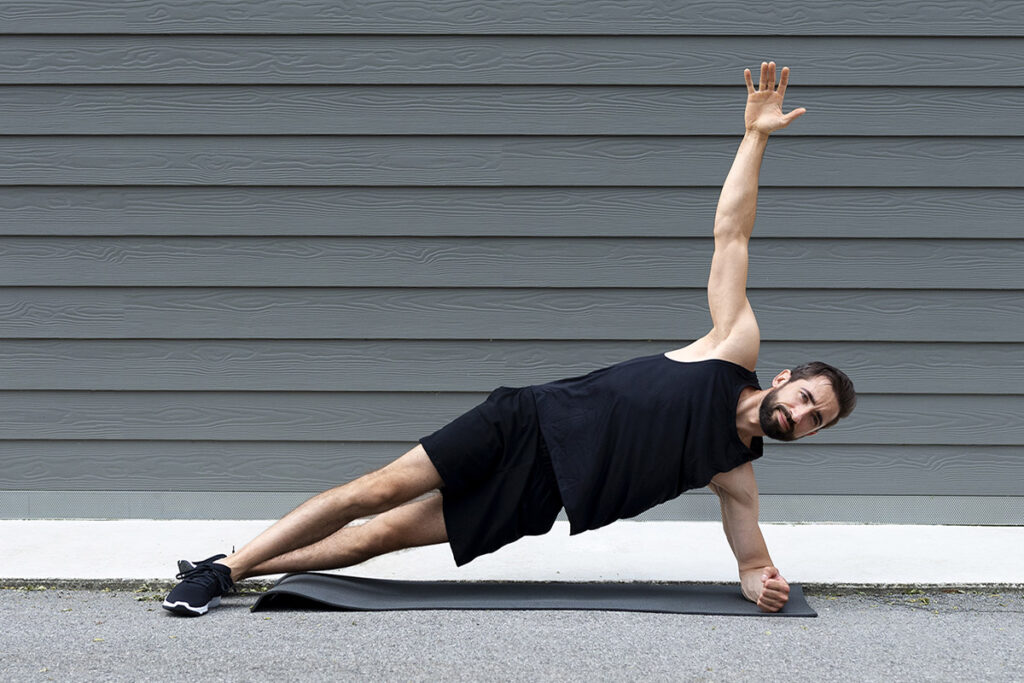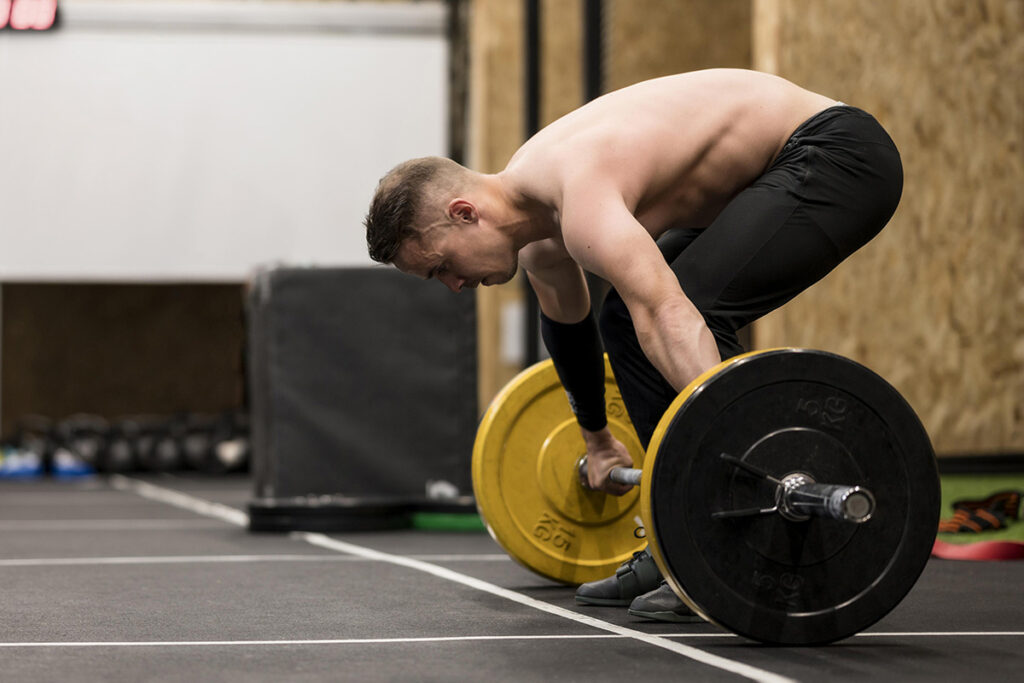

In today’s high-performance athletic world, where every edge and nuance in training can make the difference, the concept of recovery has transitioned from being an afterthought to a core component of training regimens. With countless strategies touted for their recovery benefits, “active recovery” stands out, gaining traction and credibility. Rooted in the principle of balanced training, this method isn’t about complete rest but rather incorporating low-intensity exercises that aid recuperation. As coaches, elite athletes, and weekend warriors have come to understand, optimising recovery can be as significant as the training itself. By embracing active recovery, one doesn’t just rest but also actively enhances the body’s natural healing processes, ensuring a state of readiness for the next bout of intense activity.
In the realm of sports science and training methodologies, active recovery has carved a niche for itself, emphasising the art of blending gentle movement with recovery protocols. Unlike the traditional concept of taking a break or passive recovery, which strictly implies no physical activity, active recovery underscores the importance of keeping the body in motion, albeit at a reduced intensity. The rationale behind this is multifaceted. Engaging in low to moderate-intensity exercises during the recovery phase post an arduous training session or competition can facilitate better blood circulation, aiding in the faster removal of waste products accumulated in the muscles during intense exertion. Furthermore, it keeps the muscles slightly engaged, promoting flexibility and reducing the chances of stiffness. Ultimately, the goal of active recovery is to strike a balance, ensuring that the body reaps the benefits of continued movement without plunging it back into a state of exhaustion or overtraining.

Elevated Blood Circulation: Engaging in gentle movements increases blood flow, which is instrumental in delivering essential nutrients to worn-out muscles, accelerating their repair.
Alleviation of Muscle Soreness: Delayed Onset Muscle Soreness (DOMS) can be a deterrent to consistent training. Active recovery assists in reducing the intensity and duration of DOMS, ensuring athletes are primed for their next session.
Augmentation of Flexibility and Mobility: Incorporating stretching or low-intensity mobility exercises keeps muscles supple and joints fluid, a crucial aspect in reducing injury risk and improving overall movement quality.
Cementing Habitual Consistency: Engaging in some form of movement, even on “rest” days, ensures the continuity of a fitness routine, solidifying it as a lifestyle rather than a periodic activity.
Mental Refreshment: The meditative quality of light exercises provides a mental break from intense training, aiding cognitive recovery and resilience.
ACTIVITY | DURATION | HEART RATE (BPM) | BENEFITS |
Walking | 30-45 min | 90-100 | Low impact, promotes circulation |
Gentle Yoga | 45-60 min | 60-75 | Enhances flexibility, mindfulness |
Swimming | 20-30 min | 100-120 | Low joint strain, full-body engagement |
Light Cycling | 30-40 min | 90-110 | Cardiovascular, low impact on knees |
Foam Rolling | 15-20 min | 50-60 | Releases muscle tightness, improves blood flow |

Navigating the path to optimal performance is a nuanced endeavour, blending the rigorous demands of training with the equally crucial element of rest and recuperation. In this intricate dance of exertion and relaxation, the concept of active recovery emerges as a pivotal bridge. It emphasises the idea that recovery doesn’t necessarily mean total inactivity; rather, it can be a proactive process. By incorporating gentle movements and exercises, active recovery serves as a conduit for enhanced circulation, muscle maintenance, and overall well-being.
These sessions, though often overlooked in the grand scheme of an athlete’s training regimen, play a significant role in shaping one’s resilience and readiness for future challenges. More than just a physical aid, they also offer a mental respite, giving the individual a chance to reflect, recalibrate, and approach the next session with renewed vigour. As with any component of training, the magic lies in the details. When executed with intention and understanding, active recovery can transform from a mere footnote to a cornerstone of one’s athletic journey, solidifying its role in the pursuit of peak performance.
Halson, S. L. (2008). Nutrition, sleep and recovery. European journal of sport science, 8(2), 119-126.
Van Hooren, B., & Peake, J. M. (2018). The physiological responses to passive and active recovery exercise. Sports Medicine, 48(12), 2777-2796.
Tiidus, P. M. (1997). Manual massage and recovery of muscle function following exercise. Journal of sports medicine and physical fitness, 38(1), 15-20.
Dupuy, O., Douzi, W., Theurot, D., Bosquet, L., & Dugué, B. (2018). An Evidence-Based Approach for Choosing Post-exercise Recovery Techniques to Reduce Markers of Muscle Damage, Soreness, Fatigue, and Inflammation: A Systematic Review With Meta-Analysis.*Frontiers in physiology, 9, 403.
Herbert, R. D., de Noronha, M., & Kamper, S. J. (2011). Stretching to prevent or reduce muscle soreness after exercise. Cochrane Database of Systematic Reviews, (7).
Join our community and never miss out on the latest updates and insights in physical training and personal development. By subscribing to our Spectre Performance newsletter, you’ll receive regular, curated content that keeps you informed on all things lifestyle and performance.

